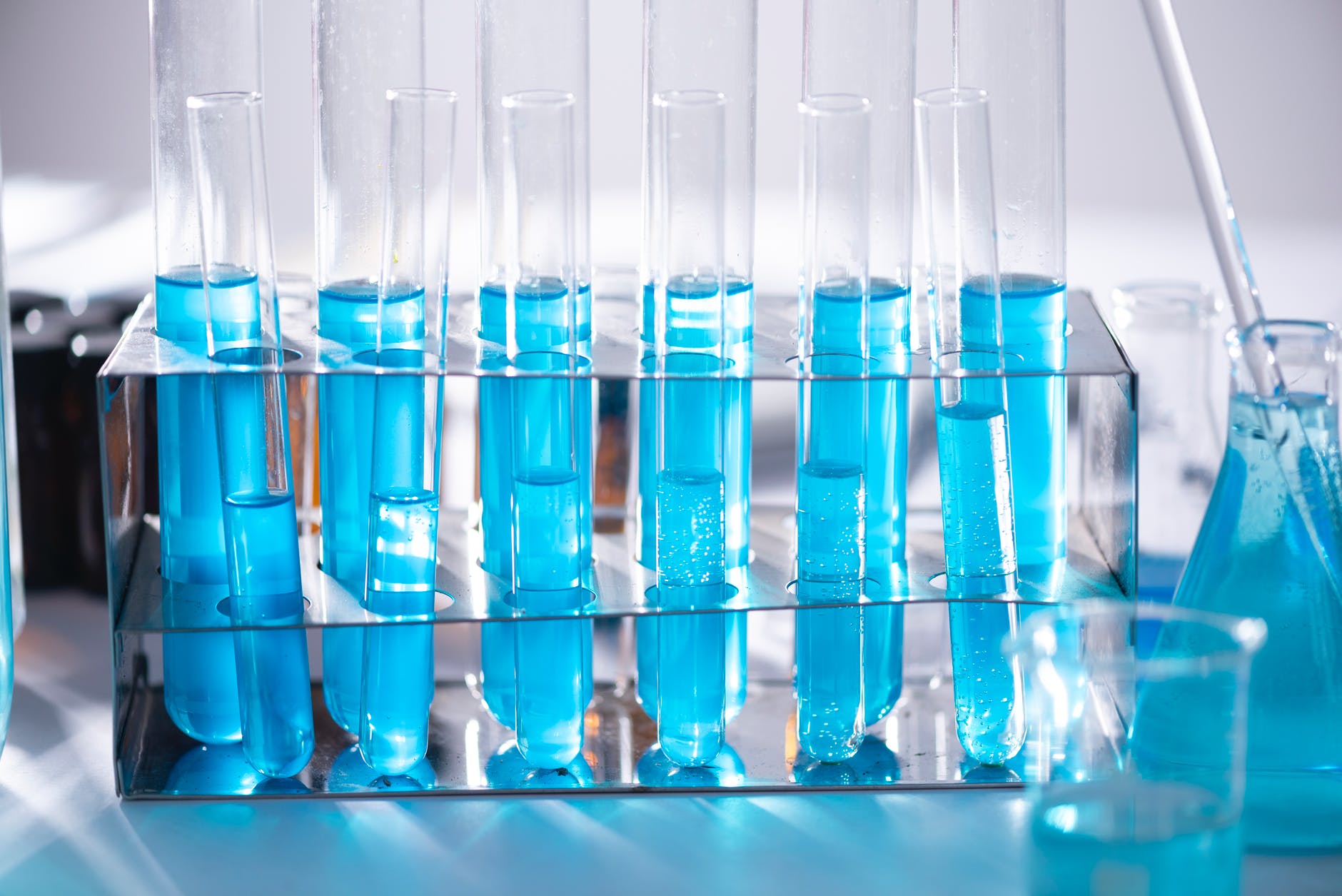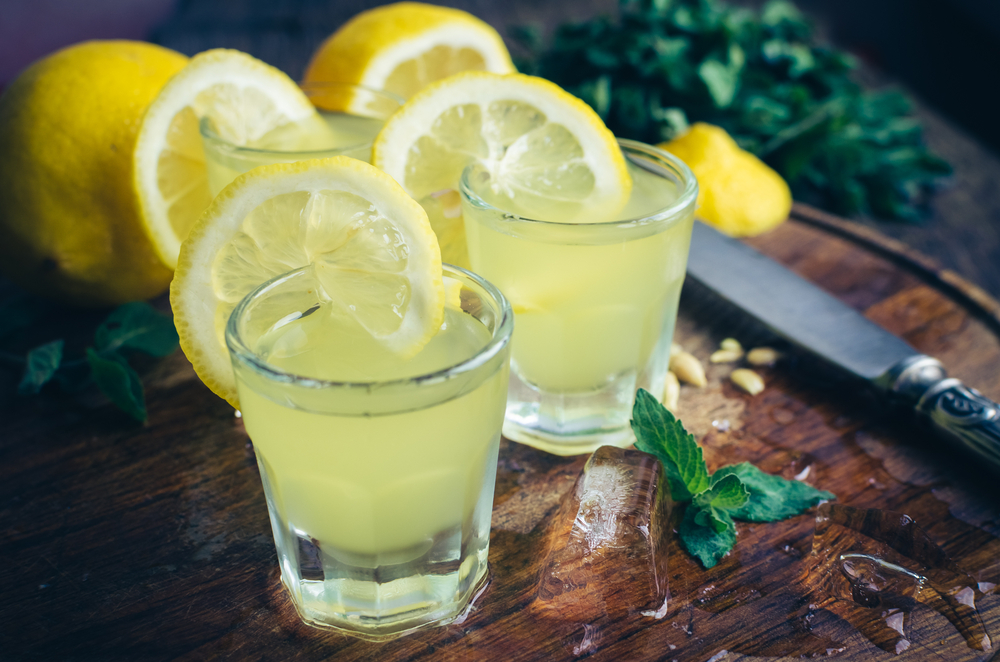Movie buffs have probably seen a movie or two in their time that depicts some form of alien blood as being strong enough to burn through whatever it touches. And while this idea may seem as if it can be nothing more than a far-fetched movie concept, the very real-life fluoroantimonic acid is as corrosive as anything ever seen in a movie.
Fluoroantimonic acid is the strongest superacid
Fluoroantimonic acid is made by mixing hydrogen fluoride with antimony pentafluoride. And while different amounts of each chemical can be used to make fluoroantimonic acid, a concoction with equal amounts of both ingredients produces the strongest superacid.
Properties of fluoroantimonic acid include:
- Decomposes when exposed to water in a rapid and explosive manner. This trait makes the superacid unsuitable for use with water-based solutions.
- Converts to highly toxic vapors when the heat is added. As the heat increases, fluoroantimonic acid begins to decompose and produces hydrogen fluoride gas.
- Many times stronger than sulfuric acid.
- The ability to dissolve glass and many other materials. The gas is normally stored in containers made of polytetrafluoroethylene.
Uses for fluoroantimonic acid
Fluoroantimonic acid is a substance that is both toxic and dangerous. This fact understandably causes one to wonder about the positive benefits of the superacid. The extreme properties of fluoroantimonic acid make it the perfect tool to protonate organic compounds. A common use of fluoroantimonic acid is to remove methane from neopentane and Hydrogen 2 from isobutane.
Hydrofluoric acid and antimony pentafluoride chemical reactions
The exothermic reaction that takes place between antimony pentafluoride and hydrofluoric acid is a complex chemical reaction. A weak dipolar bond results in a hydrogen ion attaching itself to the fluorine. The weak bond allows proton ions to move between anion clusters and is responsible for the extreme acidity of Fluoroantimonic acid.
Why is fluoroantimonic acid a superacid
Any acid that possesses more strength than pure sulfuric acid is known as a superacid. Stronger in this sense means the superacid provides more hydrogen ions or protons to water. The term stronger can also refer to the Hammet Acidity function.
Other superacids
Carborane acids and Fluorosulfuric acids are among substances that are considered superacids. The carborane acids are considered the strongest superacids that act alone. The PH of Carborane is -18 but unlike other superacids, carborane is not corrosive and individuals can handle the acid with its bare hands. Teflon is a substance that ia often uses as a coating for cookware. Teflon contains carborane. Carborane acids are not very common to encounter and many chemists and students have not dealt with the superacid.
Key takeaways regarding superacids include:
- The acidity of a superacid is greater than sulfuric acid
- Fluoroantimonic Acid is the strongest superacid known to man
- The components that make up fluoroantimonic acid are antimony pentafluoride and hydrofluoric acid
- The strongest solo acids in the world are the carbonane superacids







